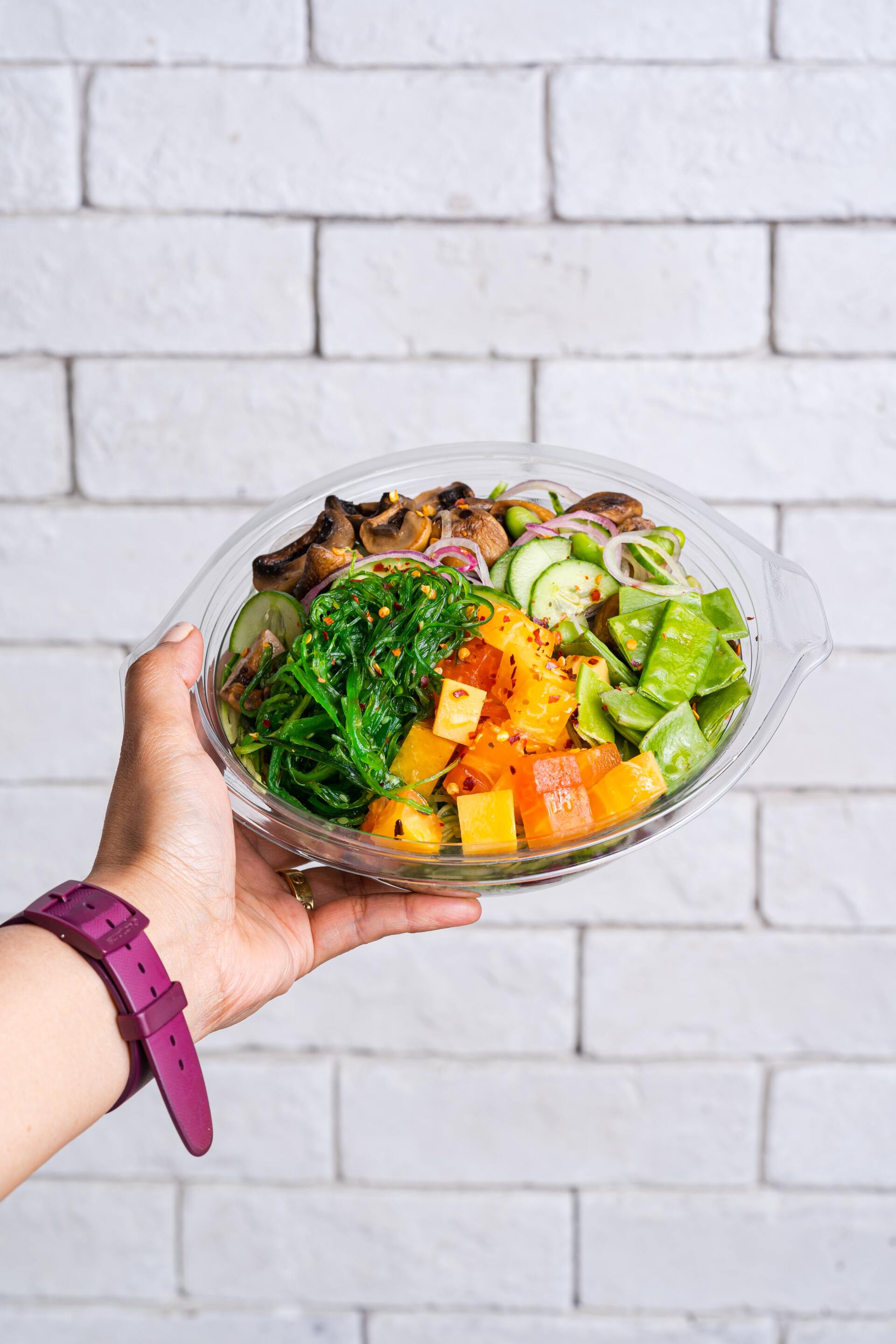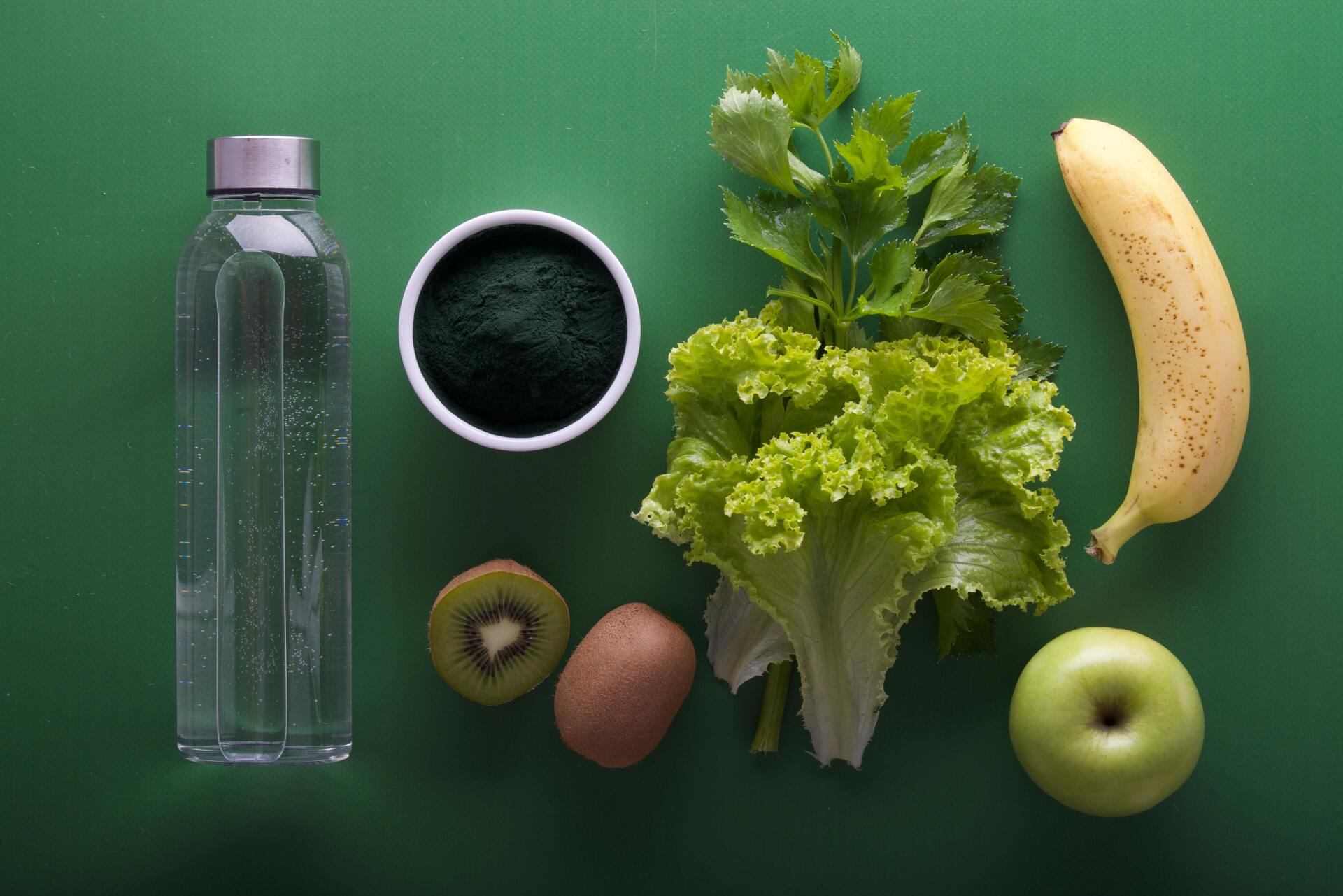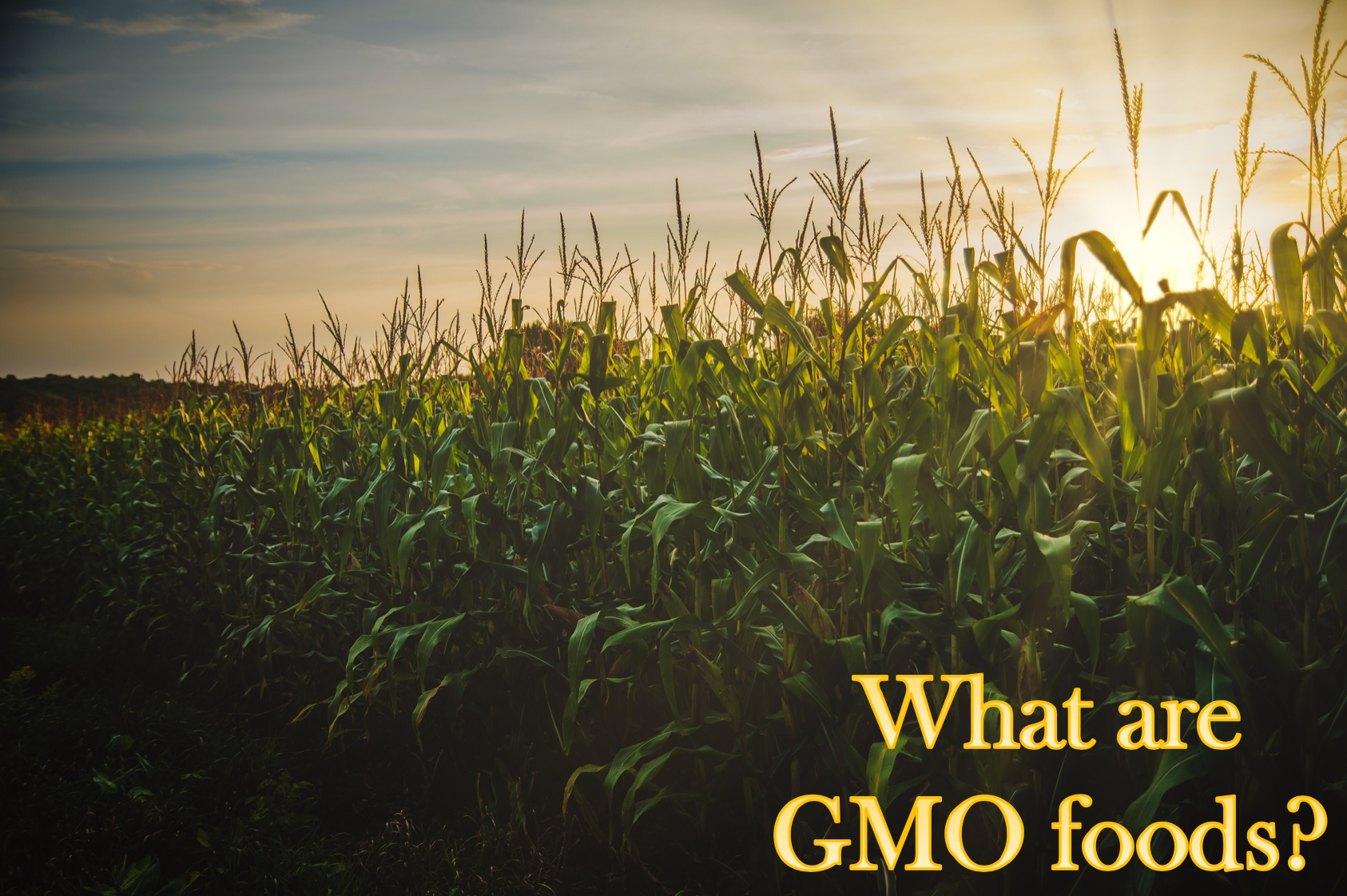What Exactly is GMO?
What are GMO foods?
Genetically modified organisms, or more commonly referred to as GMO foods, have become more prominent in recent years as the United States population shifts its focus more towards health and nutrition. You may have seen the following certification on packaging in the grocery store or in your own pantry:
Genetically modified organisms are plants that have been engineered in a laboratory. Scientists may introduce new genetic material from various other plants, animals, bacteria, and viruses in order to attempt to increase growth and overall yields, become resistant to certain diseases, and reduce pesticide use. Scientists suggest that GMO foods could be particularly useful in countries facing famine, malnutrition, and harsh climates.
Certain foods are more likely to be genetically modified than others. Produce such as corn, soybeans, canola, sugar beet (where much of modern-day sugar is sourced from), papaya, squash, eggplant, and potatoes are frequently grown from GMO seeds. Soy, corn, canola, and sugar beets are frequently broken down and processed through a number of scientific techniques in order to be used as a sweetener, a thickener, and a filler. They can be renamed as ingredients like amino acids, alcohol, aspartame, ascorbic acid, sodium ascorbate, citric acid, sodium citrate, ethanol, natural and artificial flavorings, high-fructose corn syrup, hydrolyzed vegetable protein, lactic acid, maltodextrins, molasses, monosodium glutamate (MSG), sucrose, textured vegetable protein (TVP), xanthan gum, vitamins, vinegar, and yeast products.
The following foods are likely to be genetically modified in the coming years: flax, mustard, rice, wheat, apple, mushroom, orange, pineapple, camelina (false flax), salmon, sugarcane, and tomato.
As of today, there is no scientific consensus regarding the safety and health of GMO foods. Some studies appear to find no link between GMO foods and adverse health effects, while other scientists worry about the unknown potential long-term impacts of GMO foods. The Non-GMO Project is a fantastic resource for consumers to learn more about GMOs: https://www.nongmoproject.org/
If you are interested in diving a little deeper and investigating the complicated scientific literature compiled on GMO foods, please take a look at the GMOs Myths and Truths e-book written by Earth Open Source:
http://livingnongmo.org/wp-content/uploads/2014/11/GMO-Myths-and-Truths-edition2.pdf
Due to the lack of scientific consensus, a number of individuals wish to not consume GMO foods. It can be difficult to avoid them, as most foods containing GMOs are not labelled. Although many European and African countries have either banned or placed regulations on GMO foods, products in the United States are only beginning to be labelled. If you would like to avoid GMO foods, you can buy foods with the non-GMO seal or foods labelled as organic.
It can often be more expensive to purchase non-GMO foods. If you do not have the means to buy everything non-GMO, but would like to make a change, try to prioritize non-GMO corn, soy, canola, and sugar. If you have a Trader Joe’s near you, almost all of their name-brand products are free of GMOs. Overall, the healthiest and most nutritionally dense foods are those that are minimally processed, and as close to its original form as possible. If you do your best to prioritize the consumption of whole foods, regardless of GMOs, you will be on the right track.












